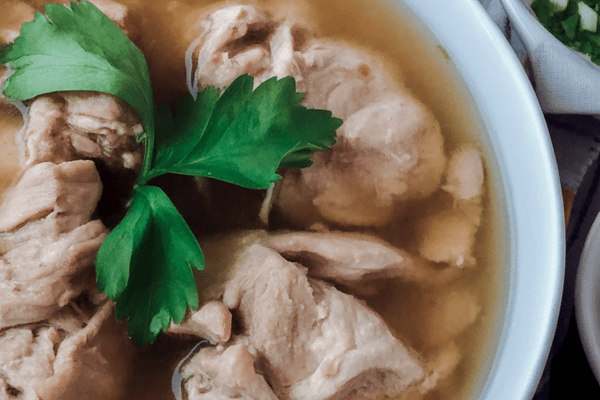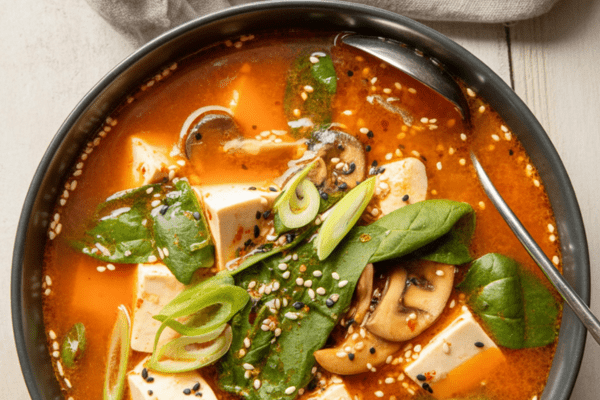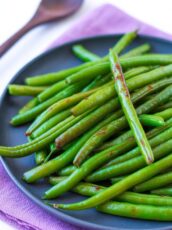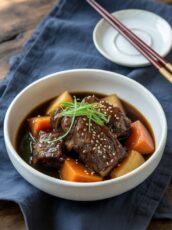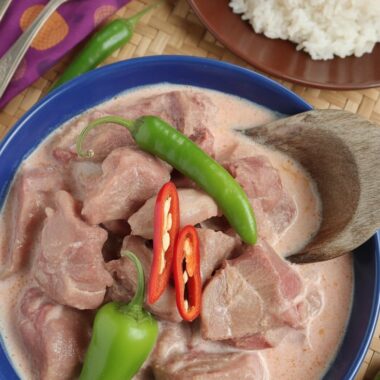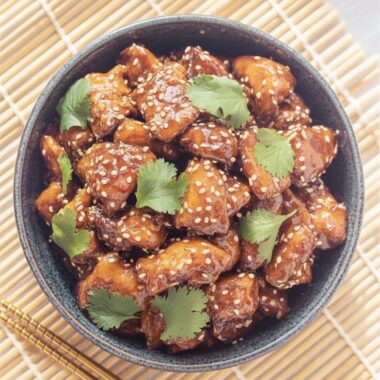A banh mi baguette is an essential element of Vietnamese cuisine. It is widely used in dishes such as banh mi sandwiches, bo kho, bo ne, and Vietnamese chicken curry. This recipe focuses on achieving a crispy exterior and a soft, fluffy interior, closely resembling the iconic Vietnamese version rather than the traditional French baguette.
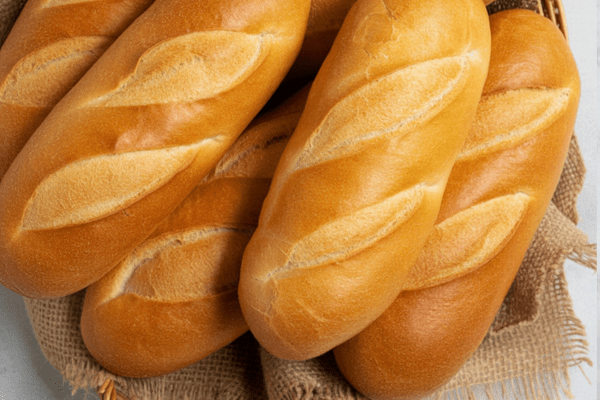
What Is a Banh Mi Baguette?
While inspired by the French baguette, the Vietnamese banh mi baguette is distinctly different. It has a thinner, crispier crust and a much lighter, fluffier interior. These characteristics are influenced by both local preferences and Vietnam’s hot, humid climate, which affects dough behavior.
Recipe Development Insights
Developing this recipe involved testing multiple ingredient ratios and methods. Here are some key takeaways:
- Sugar: Helps feed the yeast and improve rise and texture.
- Dough Improver: Provides consistency and enhances color, texture, and flavor.
- Humidity: Crucial for both the second rise and baking to achieve the desired crust.
- Steam Management: Too much steam prevents browning; balance is essential.
Ingredients
All measurements are in grams/milliliters for accuracy.
- 248 ml warm water (100–110°F)
- 7 g active dry yeast
- 8 g granulated sugar
- 495 g bread flour (12%+ protein recommended)
- 5 g dough improver
- 8 g salt
- 1 large egg
- 30 g unsalted butter, melted
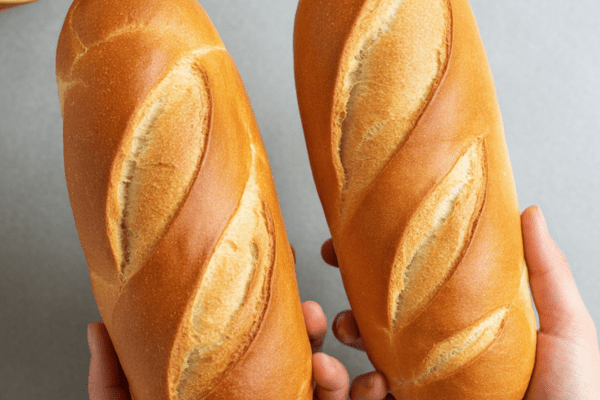
Tools You Will Need
- Baguette bread pan (preferably 3-loaf)
- Bread lame or sharp knife (for scoring)
- Kitchen scale
- Stand mixer with dough hook (optional)
- Spray bottle (for misting dough)
- Rolling pin (or wine bottle as substitute)
- Measuring cup
- Oven-safe pan for steam bath
Instructions
1. Make the Dough
- Warm the water to 100–110°F. Add sugar and yeast. Let sit for 5 minutes until bubbly.
- In a mixing bowl, combine flour, dough improver, salt, egg, and melted butter.
- Add yeast mixture. Mix on low until combined, then knead on medium speed (speed 4) for 7–10 minutes.
- Perform the windowpane test: Stretch a small piece of dough thin. If light passes through without tearing, it’s ready.
- Transfer to an oiled bowl. Cover and let rise in a warm spot for 1 hour, or until doubled.
2. Shape the Dough
- Weigh total dough, divide by 6, and portion into equal pieces.
- Roll each piece into a 5×10-inch oval, then roll tightly into a log.
- Place logs seam-side down on a baguette pan.
3. Proof the Dough
- Move oven racks: one at the bottom, one just above.
- Place a pan with 2–3 cups hot water on the bottom rack.
- Place the dough on the rack above the steam bath. Close the oven (do not turn it on). Proof 1–2 hours until doubled.
4. Bake
- Remove proofed dough and water pan from oven.
- Preheat oven to 475°F (246°C).
- Boil ½ cup water.
- Score baguettes using a lame or sharp knife (either one long cut or diagonal slashes).
- Spray baguettes with water.
- Pour boiling water into the pan on the bottom rack and place baguette pan on the rack above.
- Bake 17–20 minutes until golden brown.
5. Cool
- Transfer baguettes to a cooling rack and let cool completely before slicing.
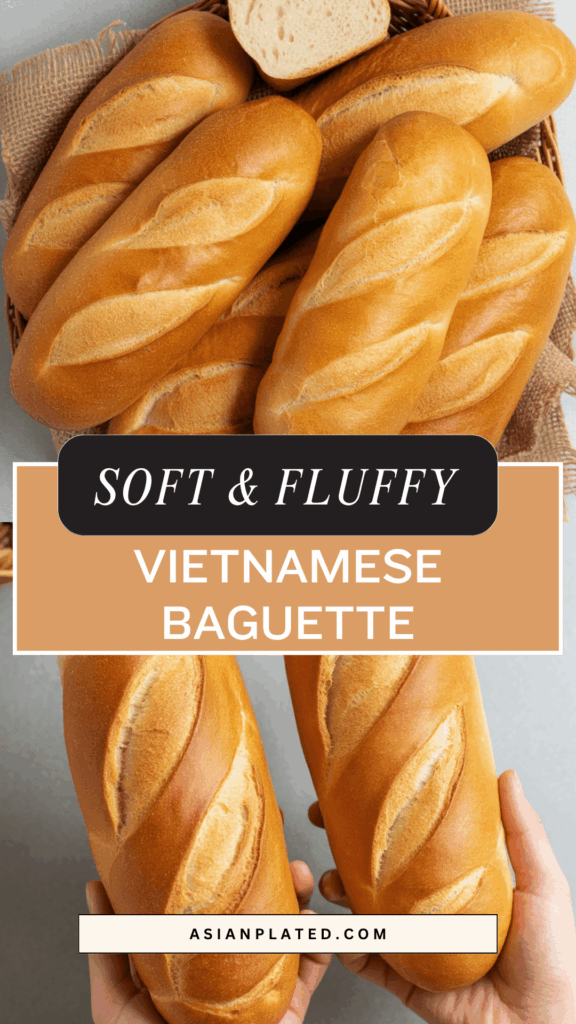
Tips for Perfect Banh Mi Baguettes
- Use a scale for all ingredients to ensure consistency.
- Warm proofing space: If no warm spot is available, preheat the oven to 170°F, turn it off, and proof dough inside.
- Windowpane test: Ensures the gluten is well-developed.
- Proof test: Press finger gently into dough—if it springs back leaving a small dent, it’s ready.
Storage
- Best enjoyed the same day.
- Store at room temperature for up to 3 days.
- Freeze up to 3 months. Toast to revive crispness.
Vietnamese Baguette

Make your own Vietnamese baguettes! These Bánh Mì have a light and cottony crumb with a super thin and crispy crust! This is the closest recipe to traditional Vietnamese Bánh Mì.
Ingredients
- 225 ml water at room temperature
- 375 g bread flour (at least 12% protein)
- 3/4 tsp bread improver
- 3/4 tsp instant dry yeast
- 3/4 tsp sugar
- 1/16 tsp vitamin C powder or a 150mg tablet, crushed into powder
- 1/2 tsp salt
- 2 tbsp vegan butter for brushing
Instructions
- Begin by setting your oven to its lowest possible temperature, ideally around 86°F (30°C). If your oven doesn't go that low, simply turn on the oven light to create a warm environment. To maintain humidity and keep the dough from drying out, place a heatproof bowl or dish filled with roughly 3 cups of boiling water at the bottom of the oven.
- Prepare two baguette pans by greasing them with a lightly oiled paper towel and set them aside.
- Using a stand mixer with the dough hook attached, combine water, bread flour, bread improver, instant dry yeast, sugar, and vitamin C in the mixing bowl. Begin mixing on a low speed (speed 2) just until everything comes together, which should take about a minute. Scrape down the bowl if necessary. Add salt, then increase the speed to high (speed 8), and knead the dough for about 7–8 minutes until it becomes smooth, elastic, and slightly tacky.
- Lightly oil your hands and a work surface before moving the dough out of the bowl. Divide it into six equal portions, each weighing around 100 grams (approximately 3.5 ounces).
- Shape each piece by flattening it into a trapezoid roughly 4 inches wide and 6 inches long. Starting from the top, roll the dough down tightly into a log shape and transfer it onto the greased baguette pans. Repeat this shaping process for the remaining dough portions.
- Place the prepared pans in the warm oven to proof. Allow the dough to rise until it's nearly four times its original size, which typically takes 1.5 to 2 hours. The dough should gently spring back when pressed.
- Once proofing is complete, remove the pans from the oven. Increase the oven temperature to 400°F (200°C). For added steam, position an oven-safe skillet or a tray filled with lava rocks at the base of the oven.
- Using a razor blade held at a 45-degree angle, score the top of each baguette. You can make one long vertical cut or a few diagonal ones. Lightly spray the surface of the dough with water to encourage cracking during baking.
- Pour about 3 cups of freshly boiled water into the hot skillet or onto the lava rocks to produce steam immediately before baking. Turn off the oven fan if you have one, then place the baguette pans into the oven.
- After 7–8 minutes, carefully remove the skillet or tray generating the steam. Let the baguettes continue baking for another 4–5 minutes until they turn a deep golden color.
- Once baked, remove the baguettes from the oven and allow them to cool. You may notice a crackling sound and visible cracks on the crust—a desirable sign of a well-made bánh mì.
- For a glossy finish, brush the tops with melted vegan butter while they’re still warm. Let them cool slightly before serving.
Notes
- Avoid changing the ingredients, as this recipe relies on precise measurements that have been carefully tested for best results.
- Depending on the brand of flour used, you may need to adjust the water slightly. Aim for a dough that's soft, smooth, and just a bit tacky—add a little water if it feels too dry or a touch more flour if it’s overly sticky.
- For a bakery-style finish, consider brushing the baguettes with melted butter after baking. This gives them a glossy, professional look.
- This recipe draws from translated baking tutorials and advice from local professionals. While some bakers include fat powder or coconut powder, this version leaves them out and still delivers consistently great results.
Nutrition Information:
Yield: 6 Serving Size: 1Amount Per Serving: Calories: 267Total Fat: 5gSaturated Fat: 1gTrans Fat: 1gUnsaturated Fat: 4gCholesterol: 0mgSodium: 199mgCarbohydrates: 47gFiber: 2gSugar: 1gProtein: 8g
Asianplated.com, occasionally offers nutritional information for recipes contained on this site. This information is provided as a courtesy and is an estimate only. This information comes from online calculators. Although allchickenrecipes.com attempts to provide accurate nutritional information, these figures are only estimates.
Serving Suggestions
- Banh mi sandwich: Filled with proteins like pork, cold cuts, or cha lua, along with pickled veggies, pate, and herbs.
- Soups: Served as a side with dishes like bo kho (beef stew) or ca ri ga (Vietnamese chicken curry).
- Other dishes: Often eaten with bo ne, xiu mai, or thit kho as a delicious accompaniment.
Try other recipes:

